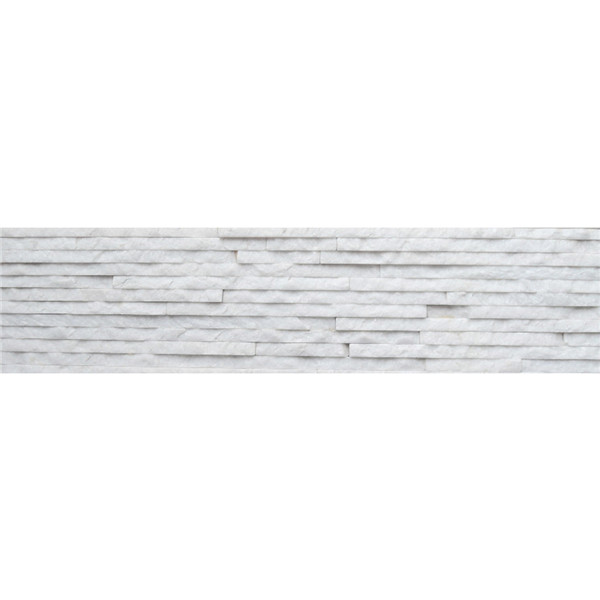Introduction
In the world of roofing materials, slate has long been revered for its durability, elegance, and timeless beauty. However, natural slate can be expensive and difficult to source, leading to the development of cultured slate as a more accessible alternative. Cultured slate offers all the aesthetic appeal of natural slate while providing additional benefits in terms of cost, weight, and installation. In this article, we will explore the characteristics of cultured slate for roofing, its advantages and disadvantages, as well as its impact on the roofing industry.
Understanding Cultured Slate
Cultured slate, also known as synthetic slate or composite slate, is a man-made material that replicates the look and texture of natural slate. It is typically composed of a blend of polymers, resins, and additives that are molded and colored to resemble the natural variations found in genuine slate. The manufacturing process allows for precise control over the size, shape, and color of the slate tiles, resulting in a consistent and uniform appearance.
Advantages of Cultured Slate
1. Cost-Effectiveness: One of the primary advantages of cultured slate is its affordability compared to natural slate. Cultured slate is generally less expensive to produce and purchase, making it a cost-effective alternative for homeowners looking to achieve the aesthetic appeal of slate roofing without the high price tag.
2. Lightweight: Cultured slate is significantly lighter than natural slate, which can be beneficial in terms of transportation, handling, and installation. The reduced weight of cultured slate can also help to minimize structural requirements and potential issues related to roof load-bearing capacity.
3. Durability: While natural slate is known for its exceptional durability, cultured slate is also designed to be highly resistant to impact, weathering, and fading. Cultured slate tiles are engineered to withstand extreme temperatures, UV exposure, and moisture, ensuring a long lifespan and minimal maintenance requirements.
4. Versatility: Cultured slate is available in a wide range of colors, textures, and profiles, allowing homeowners to customize their roofing design to suit their preferences and architectural style. With options ranging from traditional gray tones to modern hues, cultured slate offers versatility and flexibility in design choices.
5. Installation Ease: The lightweight and uniform nature of cultured slate makes it easier and faster to install compared to natural slate. Cultured slate tiles are typically designed with interlocking features or fastening systems that simplify the installation process, resulting in reduced labor costs and time savings for roofing contractors.
Disadvantages of Cultured Slate
1. Appearance Variability: While cultured slate is designed to mimic the natural beauty of genuine slate, some variations in color, texture, and sheen may be noticeable when viewed up close. The manufacturing process can result in slight inconsistencies that may affect the overall aesthetic appeal of the roof.
2. Longevity: While cultured slate is durable and resistant to many environmental factors, it may not have the same longevity as natural slate. Over time, the synthetic materials used in cultured slate may experience wear and degradation, potentially leading to a shorter lifespan compared to natural slate.
3. Environmental Impact: The production of cultured slate involves the use of synthetic materials and chemicals, which can have environmental implications in terms of resource consumption, waste generation, and emissions. As with any manufactured product, the environmental impact of cultured slate should be considered when evaluating its sustainability.
4. Maintenance Requirements: While cultured slate is generally low-maintenance compared to natural slate, it may still require periodic cleaning, inspection, and repair to ensure its longevity and performance. Proper care and maintenance practices can help extend the lifespan of cultured slate roofing and preserve its appearance over time.
Impact on the Roofing Industry
The introduction of cultured slate has had a significant impact on the roofing industry, providing homeowners with a more accessible and cost-effective alternative to natural slate. Roofing contractors and manufacturers have embraced cultured slate as a viable option for customers seeking the aesthetic appeal of slate roofing without the associated challenges and expenses.

Cultured stone fireplace design ideas has expanded the range of roofing options available to homeowners, offering a durable, lightweight, and customizable solution for achieving the look of natural slate. The versatility and ease of installation of cultured slate have made it a popular choice for new construction and roof replacement projects, driving demand for this innovative roofing material.
As the technology and manufacturing processes for cultured slate continue to evolve, the quality and performance of these synthetic roofing materials are expected to improve further. Innovations in design, color options, and sustainability features will likely contribute to the continued growth and acceptance of cultured slate within the roofing industry.
Conclusion
Cultured slate represents a modern and practical alternative to natural slate for roofing applications, offering a balance of aesthetics, durability, and cost-effectiveness. With its lightweight, versatile, and low-maintenance characteristics, cultured slate has become a popular choice for homeowners and contractors seeking the timeless beauty of slate roofing without the traditional drawbacks.
While cultured slate may have some disadvantages in terms of appearance variability, longevity, and environmental impact, the benefits it provides in terms of affordability, ease of installation, and customization options make it a compelling choice for many roofing projects. As the popularity of cultured slate continues to grow, it is essential for homeowners and contractors to weigh the pros and cons of this synthetic roofing material to make informed decisions about their roofing needs.
